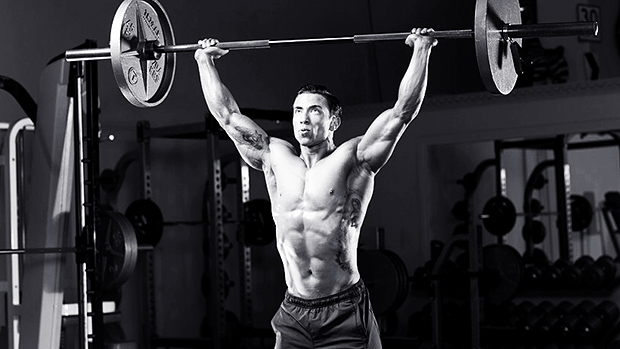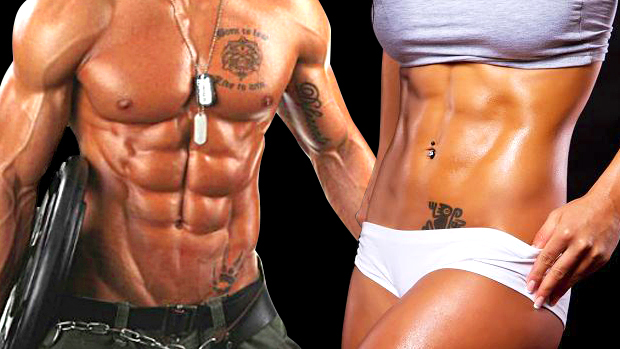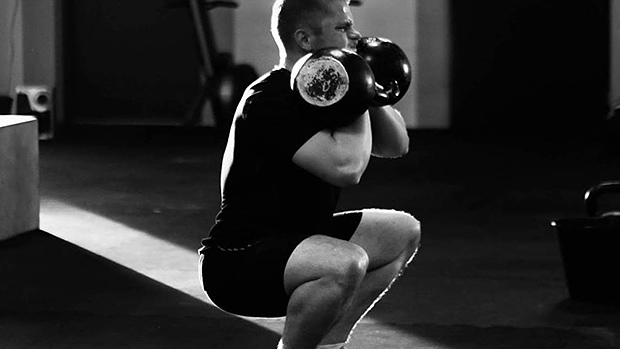Overhead pressing issues come in two varieties: strength problems or pain problems. Both come down to one thing: position. If you are lacking the adequate shoulder flexion required for locking your arms above your head, three things will happen:
- Your strength development will stall out. If a joint doesn't feel safe it'll decrease your power output to protect you.
- Your shoulders will hurt. Generally you'll feel it around the front of your shoulder/pec. Resting it won't help, but addressing your finishing position will.
- You'll compensate. Your body is great at finding ways to "work around" problems. This compensation won't be too bad with light weights, but as you get stronger in these bad positions something will give. Oftentimes it's your poor lower back.

The First Steps
First, make sure that you have a balanced training program. It doesn't take a genius to know that if you're pressing horizontally (bench pressing) all the time and not doing any pulling, then you can stretch all you want but you're not strengthening in a comprehensive way – you're always playing "preventative catch-up."
Next, open your lats up. Try this lat stretch first and see if there's an improvement in your overhead position.
Next up is bridge progressions. Opening up your upper back will not only improve your overhead position but also your ability to keep an upright torso in your squat. Here's everything you need to know about bridging.
Now Try Loaded Stretching
If you've tried all of those then you can start to work on loaded stretching. Make sure to have a spotter or record yourself to get a true assessment.
How To Do It
- Lie flat on a bench holding very light fractional plates.
- Depress your shoulder blades down.
- Tighten your abs. Try lifting your knees to your chest to encourage a posterior pelvic tilt.
- Hold light plates (1.25kg or 2.5kg is enough) straight up above your chest.
- Keeping your arms locked out, lower the plates down behind your head.
- Drop your arms as far as they go without bending and begin to relax and hang out here. If you have any pinching in your shoulders stop immediately and take this as a sign to go and see a professional.
You can then perform some reps:
- Focus on relaxing your lats in this position and begin to move your arms, replicating pressing and pulling movements. Try straight up, straight back, up and down – as much variation as you can think of.
- If there's a noticeable difference in either arm, see if you can start to balance it out.
- If you don't feel like you're getting much of a stretch and you have no pain, then you could try heavier plates.
As for times/reps etc., just do it until you have a noticeable improvement. Always have something to retest afterwards like your overhead press or handstand.
If you're a big muscley dude and this gives you no improvement, you could also include a roller in the stretch to increase your thoracic mobility. I wouldn't recommend the roller if you don't have much muscle on your back: you don't want to compress your spine, and it shouldn't feel like you are while stretching.
Treat this exercise with respect. It's a loaded stretch, not a strength exercise.





